"The biggest driver of the industry’s fortunes would, however, still be the gold price"
Next month we'll be hosting Nedbank CIB's gold roundtable during the Virtual Investment Programme. We caught up with Arnold Van Graan, Analyst at Nedbank CIB to start the conversation about all things gold and what's predicted for gold's future.
2020 was a record-breaking year for gold; how do you expect it to perform in 2021?
The gold price was boosted by an abundance of bad news and uncertainty in 2020. Although 2021 is off to a shaky start, we expect the risk outlook to improve in a quarter or two, which could see the safe-haven support for gold wane. An improving global economic and geopolitical outlook and stability could see some of the uncertainty ease over the coming months, pulling gold down. However, we do not expect a total collapse in the gold price, but possibly a bit more weakness from current levels, as most of the support (lower real rates/inflation and uncertainty) has been priced in. We, therefore, have a muted view on the gold price outlook for 2021e.
How do you think the gold landscape will change in 2021? Will we see more M&A and consolidation?
With the current gold rally potentially having reached a peak, we expect the focus of management teams to change slightly, and see growth coming back into focus. And often, with growth comes M&A. Although gold companies are currently focusing on smaller, lower-risk projects, we believe we could see companies start to embark on larger projects. We, therefore, expect more capital to be allocated to growth projects and see further industry consolidation. We would not be surprised to see a large M&A deal in the SA mining sector in the coming year.
Bitcoin has had a resurgence over the past few months. Do you see Bitcoin and other cryptocurrencies challenging gold’s relevance? Is “gold old” in the minds of younger generations?
Bitcoin is gaining a lot of attention, with many investors now finding it a viable investment. Younger generations, in particular favour Bitcoin, as it gives them more freedom from institutional control, more flexibility and perceived higher returns. Tesla’s foray into Bitcoin could see Bitcoin grab even more attention from investors.
However, Bitcoin as an investment option is extremely volatile and is more suited to short-term and medium-term trades rather than long-term investors, in our view. It appears as though many retail investors see Bitcoin as a means of making a quick profit. Gold remains a good asset class through which investors can diversify their portfolios. Gold has long been and remains the go-to traditional safe-haven asset. Bitcoin could be a good way to diversify your portfolio, but it will not replace gold, in our view.
Investors and analysts now talk of an “ESG premium” for stocks boasting strong environmental, social, and governance credentials. Which gold companies do you believe warrant an ESG premium?
We do not believe ESG matters have truly started to impact valuations yet. It appears as though the operational and financial performance of gold companies is still the major driver of valuations. The increased focus on ESG in recent years has seen mining companies moving from talk to action, in our view. We expect further pressure related to ESG matters on mining companies, which would see even more resources and spending on ESG-related matters over the coming years, and this could start impacting capital allocation decisions.
The link between ESG credentials and financial performance is becoming increasingly pertinent to the mining industry’s success. ESG has become more than just a company’s social licence to operate; it has become a non-negotiable criterion on many more fronts. We, therefore, believe companies with solid ESG credentials could start to attract an ESG premium, but even more so, we expect a lack of ESG compliance to weigh on valuations.
What are the fundamentals likely to shape the gold sector in the next 5 years?
Declining reserves remain a major challenge for the sector and could be one of the biggest factors shaping the industry over the next few years. We expect gold producers to embark on growth initiatives in order to replace reserves. Companies that lack organic growth or exploration potential in their portfolios would turn to M&A. We, therefore, expect M&A activity to remain high, with many of the smaller miners merging to retain scale and relevance. The focus on ESG and the global transition to clear energy could also impact the gold sector, with gold companies potentially using this to diversify into copper, while exiting certain jurisdictions that carry ESG risk.
We expect cost pressure to be a key challenge facing the sector, with the transition to renewable and sustainable energy sources adding to it. The biggest driver of the industry’s fortunes would, however, still be the gold price. A flat or rising gold price should see the sector continue to prosper and attract interest from a wide array of investors. However, in time, we expect the typical cycle of rising costs and capital expenditure to repeat itself, which could see the sector underperform the gold price.
Nedbank CIB's gold roundtable is open exclusively to approved investors and analysts of the Virtual Investment Programme, register for free now to be included in the invitation list. For more information on Nedbank CIB's gold roundtable, please click here.
2020 was a record-breaking year for gold; how do you expect it to perform in 2021?
The gold price was boosted by an abundance of bad news and uncertainty in 2020. Although 2021 is off to a shaky start, we expect the risk outlook to improve in a quarter or two, which could see the safe-haven support for gold wane. An improving global economic and geopolitical outlook and stability could see some of the uncertainty ease over the coming months, pulling gold down. However, we do not expect a total collapse in the gold price, but possibly a bit more weakness from current levels, as most of the support (lower real rates/inflation and uncertainty) has been priced in. We, therefore, have a muted view on the gold price outlook for 2021e.
How do you think the gold landscape will change in 2021? Will we see more M&A and consolidation?
With the current gold rally potentially having reached a peak, we expect the focus of management teams to change slightly, and see growth coming back into focus. And often, with growth comes M&A. Although gold companies are currently focusing on smaller, lower-risk projects, we believe we could see companies start to embark on larger projects. We, therefore, expect more capital to be allocated to growth projects and see further industry consolidation. We would not be surprised to see a large M&A deal in the SA mining sector in the coming year.
Bitcoin has had a resurgence over the past few months. Do you see Bitcoin and other cryptocurrencies challenging gold’s relevance? Is “gold old” in the minds of younger generations?
Bitcoin is gaining a lot of attention, with many investors now finding it a viable investment. Younger generations, in particular favour Bitcoin, as it gives them more freedom from institutional control, more flexibility and perceived higher returns. Tesla’s foray into Bitcoin could see Bitcoin grab even more attention from investors.
However, Bitcoin as an investment option is extremely volatile and is more suited to short-term and medium-term trades rather than long-term investors, in our view. It appears as though many retail investors see Bitcoin as a means of making a quick profit. Gold remains a good asset class through which investors can diversify their portfolios. Gold has long been and remains the go-to traditional safe-haven asset. Bitcoin could be a good way to diversify your portfolio, but it will not replace gold, in our view.
Investors and analysts now talk of an “ESG premium” for stocks boasting strong environmental, social, and governance credentials. Which gold companies do you believe warrant an ESG premium?
We do not believe ESG matters have truly started to impact valuations yet. It appears as though the operational and financial performance of gold companies is still the major driver of valuations. The increased focus on ESG in recent years has seen mining companies moving from talk to action, in our view. We expect further pressure related to ESG matters on mining companies, which would see even more resources and spending on ESG-related matters over the coming years, and this could start impacting capital allocation decisions.
The link between ESG credentials and financial performance is becoming increasingly pertinent to the mining industry’s success. ESG has become more than just a company’s social licence to operate; it has become a non-negotiable criterion on many more fronts. We, therefore, believe companies with solid ESG credentials could start to attract an ESG premium, but even more so, we expect a lack of ESG compliance to weigh on valuations.
What are the fundamentals likely to shape the gold sector in the next 5 years?
Declining reserves remain a major challenge for the sector and could be one of the biggest factors shaping the industry over the next few years. We expect gold producers to embark on growth initiatives in order to replace reserves. Companies that lack organic growth or exploration potential in their portfolios would turn to M&A. We, therefore, expect M&A activity to remain high, with many of the smaller miners merging to retain scale and relevance. The focus on ESG and the global transition to clear energy could also impact the gold sector, with gold companies potentially using this to diversify into copper, while exiting certain jurisdictions that carry ESG risk.
We expect cost pressure to be a key challenge facing the sector, with the transition to renewable and sustainable energy sources adding to it. The biggest driver of the industry’s fortunes would, however, still be the gold price. A flat or rising gold price should see the sector continue to prosper and attract interest from a wide array of investors. However, in time, we expect the typical cycle of rising costs and capital expenditure to repeat itself, which could see the sector underperform the gold price.
 |


.jpg?ext=.jpg)




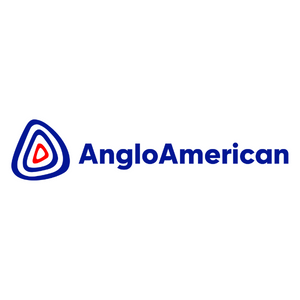

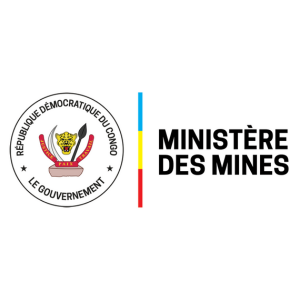
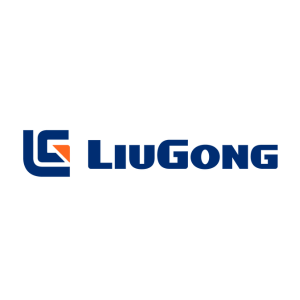


-Logo_CMYK_1.jpg?width=1000&height=500&ext=.jpg)
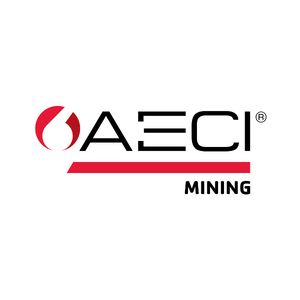



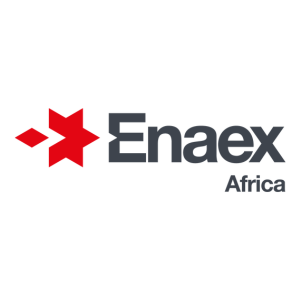


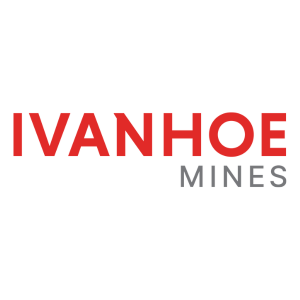
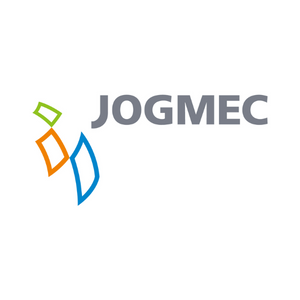



_mi25-weblogo.png?ext=.png)

_1.png?ext=.png)




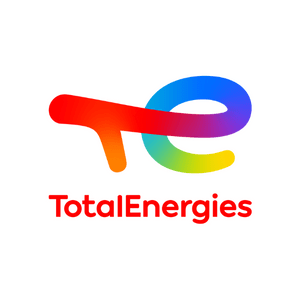





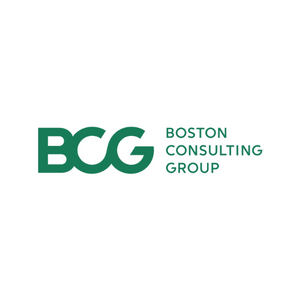


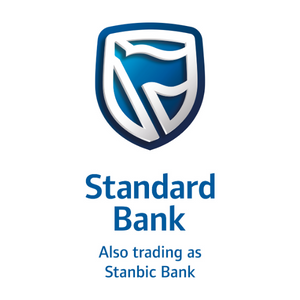


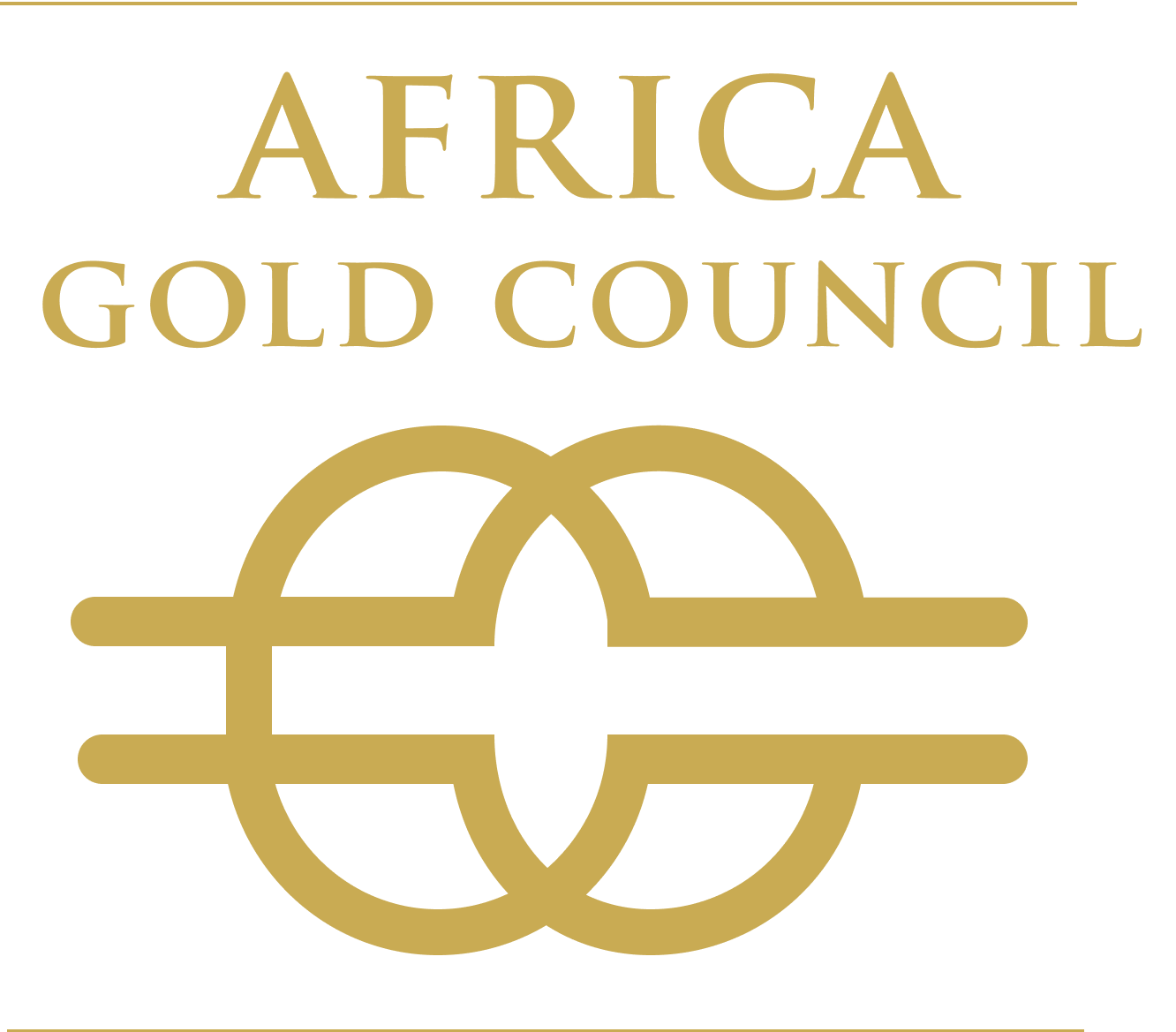
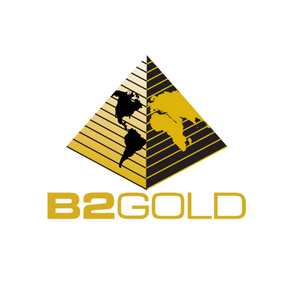
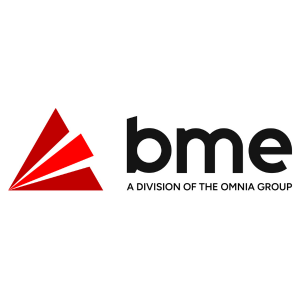







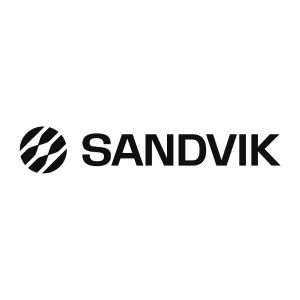
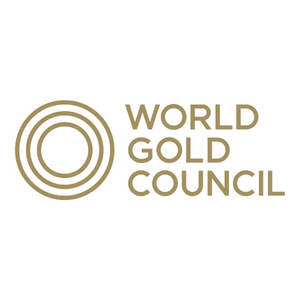

_mi25-weblogo.png?ext=.png)



